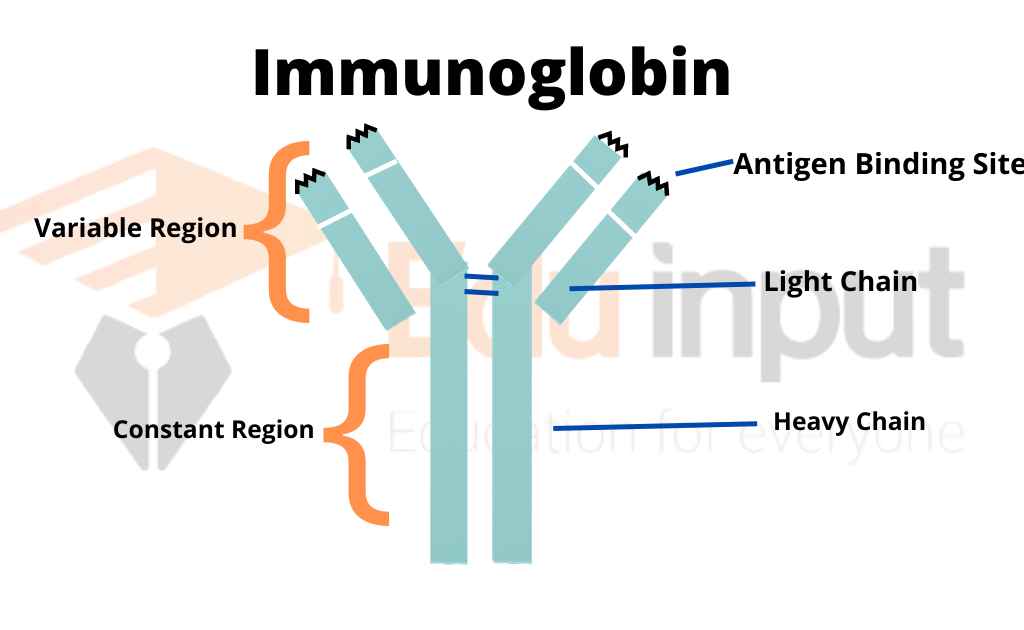What Are The Transport Systems In Invertebrates?
All animals maintain homeostasis in their bodies. It requires the circulation of nutrients, metabolic wastes, and respiratory gases in the body. A system of moving fluid circulates this substance. It reduces the functional diffusion distance for nutrients, wastes, and gases. The system of fluid is the internal transport or circulatory system. The nature of the system depends on the size, complexity, and lifestyle of the animal.
Transport Systems In Invertebrates
The transport system in some invertebrates is explained below:
1. Transport in Protozoans
The protozoans have small sizes. They have high surface-area-to-volume ratios. Therefore, transport takes place by diffusion in these animals. The materials diffuse through the media of the plasma membrane and cytoplasm. Diffusion takes place between various parts of the organism. Or it takes place between the organism and the environment. Pseudocoelomate, Earthworm, Arthropods, Fishes,
2. Transport In Sponges
Sponges do not have circulating fluid. Therefore, they circulate water through their bodies. It transports food and oxygen to all the cells.
3. Transport in Cnidarians
They have a fluid-filled internal gastrovascular cavity. This cavity supplies nutrients to all body cells lining the cavity. It also provides oxygen from the water. It stores CO₂ and other wastes. The body movement moves the fluid in the cavity.
4. Transport in Platyhelminths (flatworm)
Flatworms have a complex gastrovascular cavity. A gastrovascular cavity in the planarian is highly branched. Its branches penetrate into all the body parts. Thus nutrients, gases, and wastes are easily diffused. Body movement distributes materials to different parts of the body. There is one disadvantage of this system. These animals have limited small sizes. They have to make shapes that maintain small diffusion distances.
5. Transport In Pesudocoelomate Invertebrates
Pseudocoelomate are rotifers, gastrotrichs and nematodes. They use the coelomic fluid in their body cavity for transport. Most of these animals are small. Their coelomic fluids keep moving. It is in direct contact with the internal tissues and organs. Thus it helps in transport.
6. Transport in Molluscs
The mollusks have a separate circulatory system for transportation. They have a circulatory or cardiovascular system. It is a specialized system. It has a muscular, pumping heart. It moves the fluid medium called hemolymph or blood in a specific direction. They have unidirectional blood vessels.

 written by
written by 



Leave a Reply